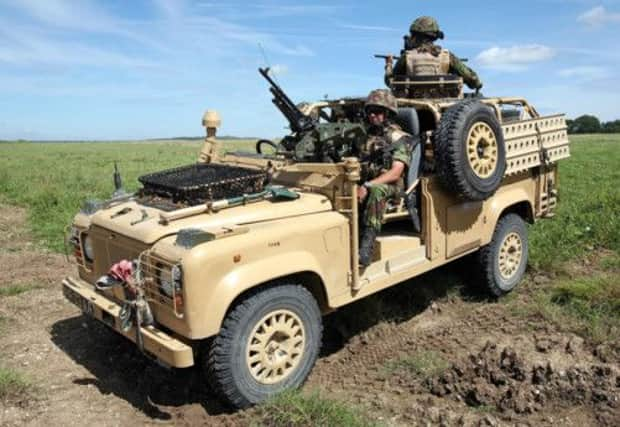Patrol vehicle may have faced sophisticated enemy


The Mastiff was introduced to replace the thinly armoured “Snatch Land Rovers” developed for service in Northern Ireland and take over patrol duties from the Cold War-era Warrior personnel carrier.
The vehicle, which costs around £1m once fully equipped, is widely used by the British Army in Afghanistan, with around 180 in service. It is favoured by troops as it is regarded as being highly resistant to roadside bombs.
Advertisement
Hide AdAdvertisement
Hide AdIn June 2010, soldiers from 1st Battalion the Royal Welsh survived two bomb blasts in two days in Mastiff vehicles while on patrol in the Babaji district of central Helmand.
After the attack, Lieutenant Mark Lewis said an IED strike “blew the Mastiff across the road” but that its occupants emerged almost unscathed.
“Once the dust settled I could hear the lads in the cabin. I dropped down fearing the worst, not knowing what I would see next. Thankfully they were all OK, with only minor injuries and the next day we were all back out on patrol.”
However, Major Chris Hunter, a former bomb disposal operator and veteran of Iraq and Afghanistan, said new techniques are putting its reputation to the test.
Where insurgents would have once left a device, such as a disused artillery shell, at the roadside, enemy forces are now burying large stocks of explosives beneath the road, before detonating them.
He said: “They [previously] put roadside devices out and we up-armoured our vehicles. Eventually they went to this level of digging-in large explosive caches into the ground so that when they were driven over they would be detonated, and actually overmatch the vehicles. I think potentially that’s what we’ve seen today.”